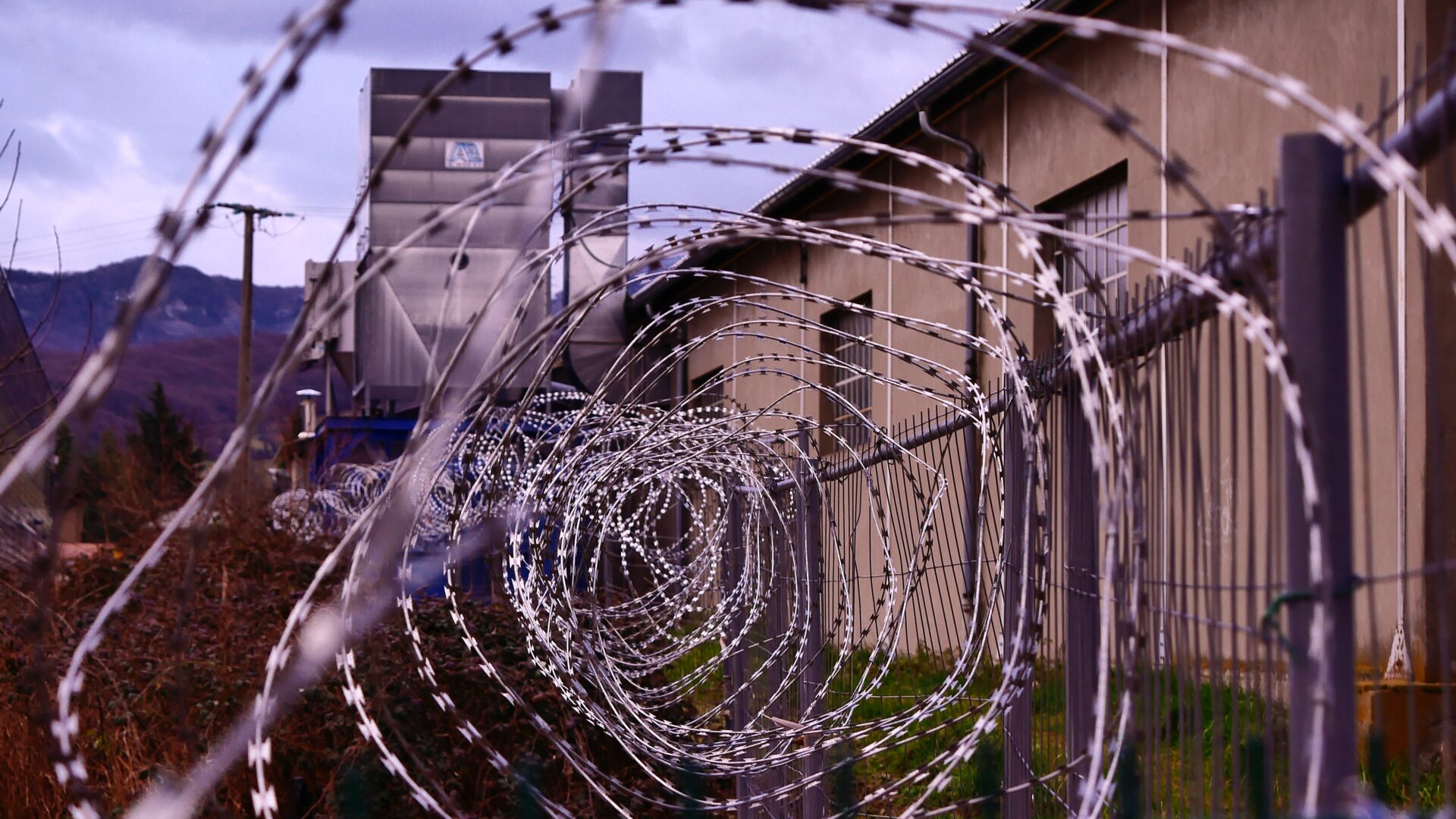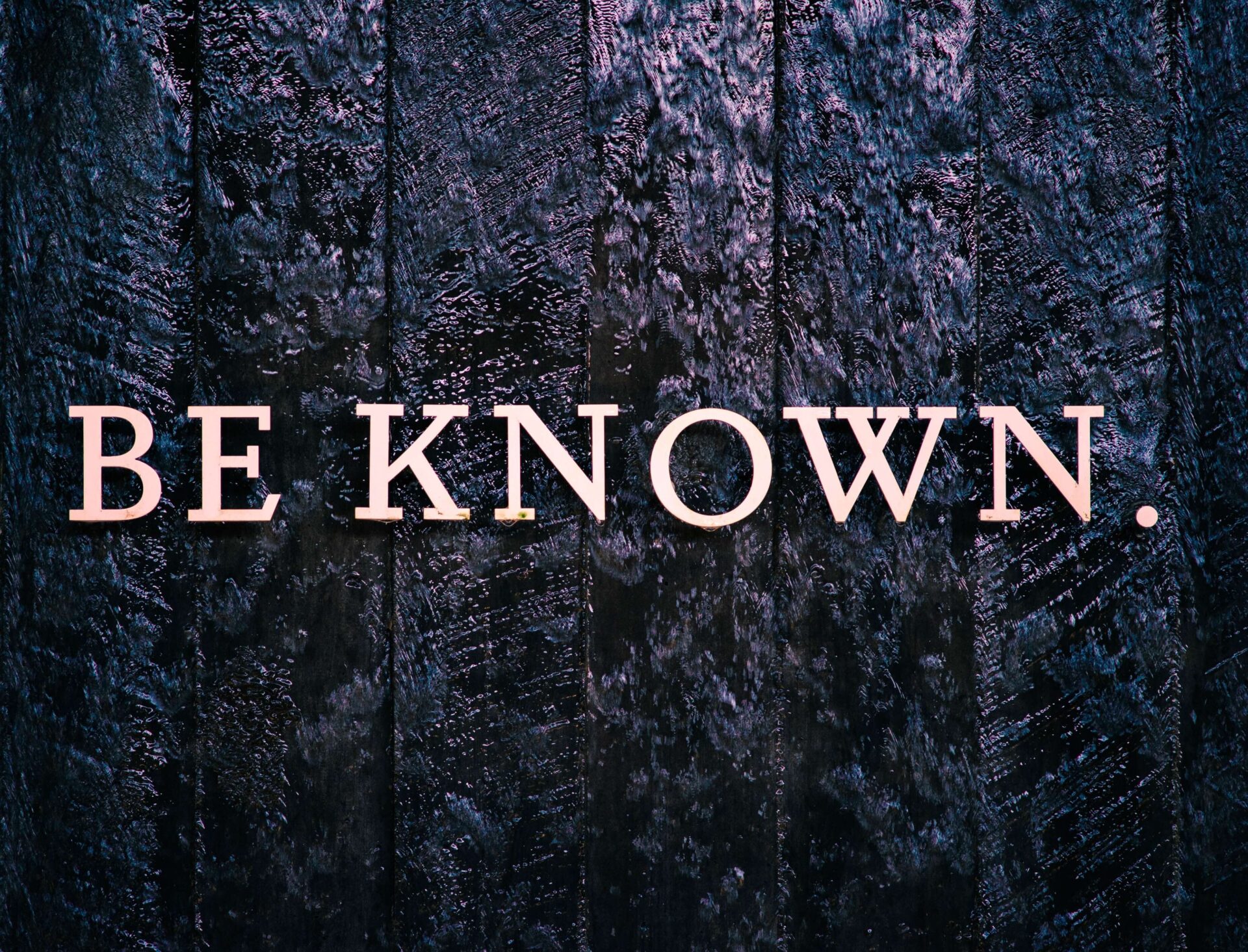- The Meaning of Critical Thinking: A Key Skill for Navigating Today’s Information Landscape - November 3, 2025
- Grandparents Can Develop Activist Grandchildren - September 29, 2025
- Top Six Reasons Credit Union Benefits Are a Smart Choice Over Banks - August 18, 2025
Last Updated on October 23, 2024
“Just Mercy” by Bryan Stevenson shows us how to make a difference.

In Just Mercy Stevenson shows people of color’s reality—that while white people are worth enough to protect, people of color will be sacrificed for that. Mentally ill people who have committed a crime are punished with incarceration rather than treated for an illness as real as a physical one. Children are sentenced to life in prison.
The United States has the highest incarceration rate in the world, and one-third are black men. In some states, there is no minimum age to be prosecuted as an adult. Even when there are rules, prison officials overlook them. Stevenson outlines the changes we need to make throughout the system to make the world a better place.
Just Mercy: The Movie
The movie adaptation of Just Mercy by Bryan Stevenson is faithful to the book in most ways. Chronicling Stevenson’s pursuit of justice for those wrongly or unjustly incarcerated, it focuses on the early days of his work with inmates.
Seeing the movie on the screen was, in some ways, less upsetting than reading the book, because the director chose not to include much of the violence against the inmates. However, it was more upsetting to experience the life of Walter McMillian on the screen. Jamie Foxx brought me to tears with his portrayal of this innocent man on Death Row.
As always, the movie adaptation of a book must leave out content. The film glosses over Stevenson’s background. Perhaps, since he was a producer, he decided to highlight the inmate’s stories rather than his own.
Another area Just Mercy glossed over was Stevenson’s everyday struggles. When he started the Equal Justice Initiative (EJI) he encountered problems finding funding and operating in a small office with few staff. But overcoming discrimination and continuing despite death threats must have been the hardest struggle.
Bryan Stevenson, the Activist
In my book The Happy Activist (formerly What’s On Your Sign?), I recommend a five-step approach to finding the cause closest to your heart and the best way to make an impact. The five steps are:
- Find Your Passion
- Inventory Your Gifts
- Find the Right Activism Method
- Check Your Impact
- Stay Motivated
Bryan’s Stevenson’s activism work is a model for the 5-Step Activism Path process.
Find Your Passion
If you can find the cause closest to your heart, the one you are most passionate about, that passion will keep you motivated and sustain you through the tough times.
Stevenson’s stated passion is helping the poor, the incarcerated, and the condemned. But the book and the movie show a person who cares deeply about the inmates’ dignity and meaning as well. Everyone wants to be heard and known. Many of the inmates Stevenson helped felt heard and known for the first time.
The inmates tended to greet Stevenson with skepticism because of past disappointments. They didn’t want to have hope and find it dashed yet again. So, they tried to scare him away like you would a stray dog. Turning to make sure he was gone, they see him there, steadfastly waiting. And finally, allowing him into their life.
“It’s describing these cases that Stevenson sets eyes pricking. He tells the story of his first client as he was setting up the EJI, a man who said he didn’t mind if Stevenson got him out of jail, he just wanted to be listened to. After they failed to stay his execution by electric chair, the man found that the guards softened, asking him if they could help him and fetch him meals he wanted – it was the first time, in a life of physical and sexual abuse spiraling into drug dependence, that he’d been offered help.” – Ben Beaumont-Thomas
Perhaps, even if he didn’t get them released from prison, his aid made their life better. In a different adaptation of Just Mercy family and friends comment on Bryan’s passion.
“Bryan is the work,” colleague Sia Sanneh adds. “There’s no way to separate him from the work. It’s his full self he pours into it.” – Jamiles Lartey
[Read more about finding your passion.]
Inventory Your Gifts
Taking an inventory of your gifts means understanding your skills, knowledge, and motivation. Even if you’ve never done social justice work you may have unique skills and knowledge that you can use in your cause. And understanding what motivates you means you will make the right match with your activism work. If working with other people inspires you, ensure your activism work includes a team focus.
Stevenson entered Harvard Law School and the Kennedy School of Public Policy jointly. So, he had very defined skills and knowledge to apply to his work. But in Just Mercy, Stevenson describes finding the coursework disconnected from what he believed, until he takes a month-long course on Class, Race, and Poverty Litigation. This class involved working at the Southern Center for Human Rights, and for the first time, he saw how to use his learnings in law and public policy to make a difference for a vulnerable population.
[Inventory the gifts you bring to activism]
Find the Right Activism Method
There are many activism methods, and in my activism path, I recommend to budding activists that they find something they enjoy. Here, Stevenson strays a bit from what I advise. Although the movie shows him connecting with his clients, sharing stories, and just listening, the reality is that his work is mostly challenging and heart-breaking. Good results are rare. White people try actively to thwart his efforts. Perhaps his true passion and living the work sustains him.
[Find the right activism method for you.]
Check Your Impact
If you are going to commit to a cause, ensure you can make the most impact. Use these questions to decide if your activism focus is effective.
- Will the activism dramatically improve a large number of lives?
- How much change can you make?
- How much is the cause overlooked?
- Will my skills and passions lead to making a difference?
Stevenson graduated from Harvard Law School, and so likely had many job offers in a variety of legal fields. But he chose one that provided him with the opportunity to make a difference for his cause.
Stevenson’s work as an attorney for poor and wrongly or unjustly punished people has impacted many lives. At the time he started, I’m sure he would have said the change would be slow, but the fact that the cause was almost wholly overlooked meant he could make a difference with his skills.
From all accounts, Stevenson made the perfect match of his passion and skills with his cause. In addition to his work with clients at EJI, he has worked to make legislative changes, including a ban on mandatory life-without-parole sentences for all children 17 or younger.
EJI has also initiated significant new anti-poverty and anti-discrimination efforts challenging the legacy of racial inequality in America. They opened The Legacy Museum: From Slavery to Mass Incarceration in Montgomery and The Memorial for Peace and Justice, also known as the “Lynching Memorial. Added in 2024: They now have another Legacy Site called the Freedom Monument Sculpture Park.
[How to make sure you have an impact.]
Stay Motivated
Activists need to actively cultivate their motivation. People like Stevenson who choose to work in the dangerous and heartbreaking field of racial equality, must set reasonable goals and take time for self-care. This quote seems to show that Stevenson cultivates gratefulness:
“As Stevenson said, “Hopelessness is the enemy of justice.” We each have a responsibility to protect our own hopefulness – and to believe things are possible that we haven’t yet seen.” – Education Pioneers
And this quote highlights that he has stayed positive, even decades into his difficult work.
“In an hour with him, there’s not enough time for a meaningful route out of the mess, but the paradox of listening to Stevenson is that despite the morass of problems, he is a profoundly uplifting person to be with – warm, intelligent, and with twinkling flashes of wit that light up the dystopia he portrays. He remains positive, highlighting the progress the LAPD has made in the years since Rodney King, and the new protest movement. – Ben Beaumont-Thomas
[How to stay motivated in your activism.]
The True Measure of Our Character
Despite the odds, in Just Mercy, Stevenson changed the conversation about mass incarceration and opened the doors to encourage white people to talk about race and the ugly parts of our history.
“The true measure of our character is how we treat the poor, the disfavored, the accused, the incarcerated, and the condemned.” – Bryan Stevenson
READ NEXT
My visit to Bryan Stevenson’s National Memorial for Peace and Justice shook my foundation.
Read more about my Living Legacy Pilgrimage to Montgomery, Alabama in How to Understand Racial Justice in a Deeper Way.
My post about what white people can do to support racial justice.
Get Just Mercy by Bryan Stevenson and read the full story of this amazing man.




Pingback: #SeniSal Roundup: Feb 17-21 ~ Esme Salon
Pingback: What Can White People Do to Support Black Lives Matter?
Pingback: The Best Gifts For Your Changemaker: Activist Gifts They'll Love
I found this post and your website intriguing. I plan to learn more about your work.
Hi Aletha, I’m delighted that you are exploring here. Please feel free to reach out if I can help. Terri Lyon
I have not seen the movie, but the book haunts me. iIheard BRyan Stevenson give a talk about the events in the book. it was very powerful!
What a wonderful opportunity, hearing him speak! Have you visited the Museum and Memorial he created in Montgomery, Alabama? If not, I hope you can someday. My post, “It’s Time To Talk About It” came out of that trip.
Best wishes,
Terri
Pingback: Find an Amazing Activist Gift They’ll Love. You’ll Be Tempted, Too